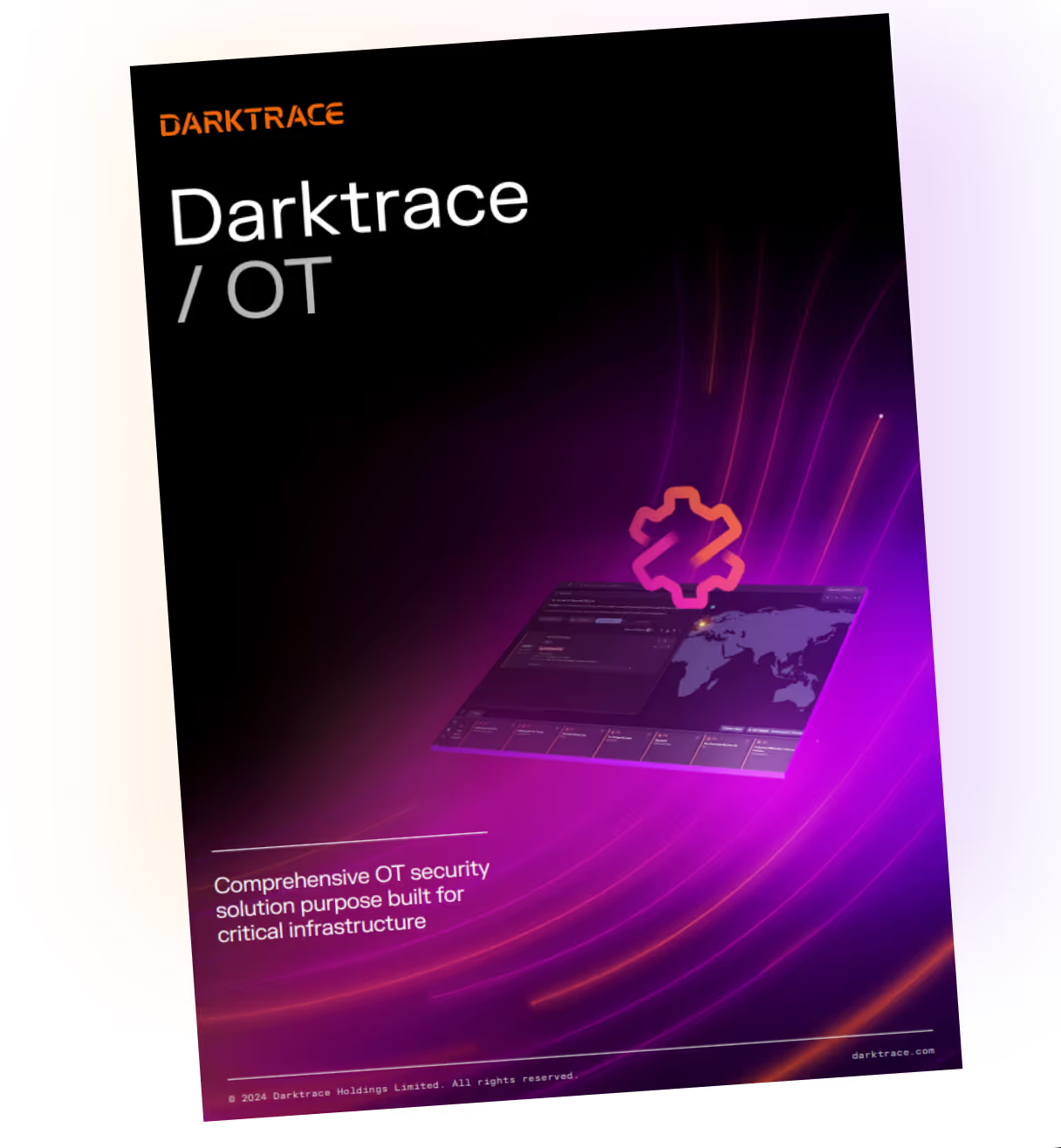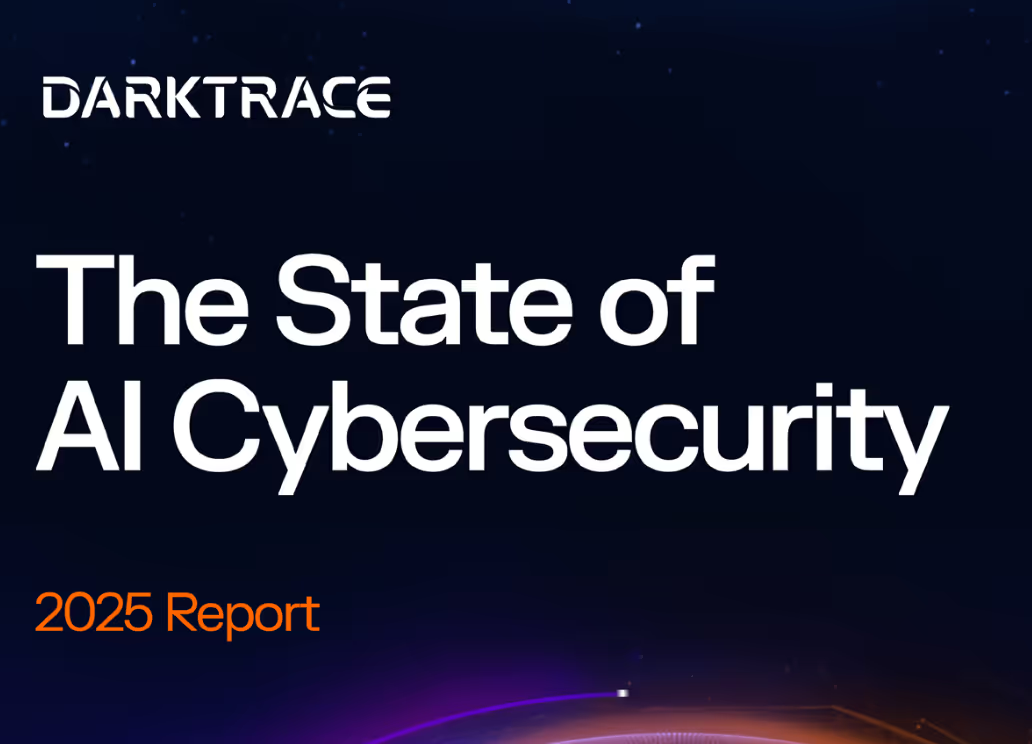What is OT Risk Management?
Introduction: OT risk management
Operational technology (OT) is crucial to powering the physical processes of industries like telecommunications, water treatment, oil and gas, and energy and utilities. Attacks on these assets are rising, with over 68 incidents affecting operations at more than 500 sites worldwide in 2023.
Understanding the relevant security challenges and proactive solutions available empowers more informed decision-making about protecting these specialized business assets.
Unique OT security risks modern organizations must consider
Business decision-making, security approaches, and structure all substantially impact OT security.
IIoT expands threat landscapes

With technology advancing, the number of industrial systems, sensors, and devices online — collectively, the Industrial Internet of Things (IIoT) — is sharply increasing. Overall connections grew from 13.8 billion in 2022 to 18 billion in 2024, with analysts expecting that to reach 39.6 billion by 2033.
Increased industrial IoT deployment inherently leads to an expanding threat landscape. Preexisting threats can be challenging to detect without powerful tools and allow for lateral movement by adversaries, which can quickly broaden the scope of a breach. Businesses must carefully strategize to balance efficiency and data capture and exchange needs with optimal asset protection.
Inter-organizational misalignment hampers secure convergence
Misalignment between IT and OT security approaches is a primary issue for many businesses. Historically, these two worlds operated independently with distinct oversight and team member skill sets. Digital transformation has changed that, resulting in more overlap.
As the intersections between the two increase, so can OT security risks — IT is the most common attack vector for the critical infrastructure controlling physical operations. Understanding the points of convergence and managing them collaboratively is nonnegotiable to strengthen defenses against OT security threats.
Multilayered supply chains heighten concerns
Implementing more dynamic supply chains has been the modern industry's most common response to recent continued disruptions. With that comes backup sourcing strategies and more complex, multilayered vendor relationships. Efforts to streamline operations and boost efficiency often mean supplier access to business infrastructure.
Each vendor with privileges expands the threat landscape. Suppliers can introduce infected devices onto the network and enable lateral movement into OT assets. Businesses must carefully weigh the convenience of vendor system access with their network segmentation and OT security capabilities to mitigate this risk.
4 proactive OT security measures
Consider the following steps when forming a robust OT security strategy.
1. Understand your threat landscape
Collecting threat intelligence is the ideal starting point for strengthening your posture and preventing the real-world risks of an OT compromise — those impacting the health and safety of people and property.
As part of this exercise, begin with an OT security risk assessment to identify potential gaps and vulnerabilities. Map your unique OT assets, whether active or passive, and their possible attack paths. For example, are these systems and equipment accessible via the Internet? Remember to include those points of convergence since any holes in your cyber infrastructure can easily allow adversaries to pivot into physical operations.
While mapping is vital to an effective strategy, it's not enough for maximum defense, even when paired with patching for Common Vulnerabilities and Exposures (CVEs). Your teams must also stay current with operational technology cybersecurity threats as part of intelligence gathering. Investigate the latest Advanced Persistent Threats (APTs) for insights into how attack techniques are evolving. It's also best practice to familiarize yourself with the most common approaches for your specific industry and OT solutions, such as SCADA and Industrial Control Systems (ICS).
2. Ensure visibility and collaboration across IT and OT and their points of convergence

Many companies make a mistake when considering solutions after their OT cybersecurity risk assessment — they assume that conventional IT approaches and tools can adapt and will suffice. While some of these solutions may appear viable at first, they're ineffective as stand-alone protection. For example, simply implementing an air gap doesn't stop more advanced attacks and can create other issues with incident response.
Similar issues exist when IT and OT teams approach security from opposing perspectives. OT is mission-critical by nature, which often leads to an emphasis on uptime and limited patch availability. Yet, focusing solely on productivity won't help your company effectively manage risks or successfully defend against threats.
Increasing visibility and collaboration is the antidote to these more fractured approaches. By doing so, you emphasize the right goal and unite your teams behind a shared purpose — uncovering previously unknown gaps and stopping the exploitation of them.
Build on your comprehensive risk assessment for OT security with tools capable of identifying your unique points of convergence. Full visibility lets you see where data exchanges are occurring and what services each is running. These intersections are often where hidden vulnerabilities and attack vectors lie, so pinpointing them is the first step to protecting them.
3. Implement technology with risk prioritization intelligence
All risk is risk, but not all risk is equal. Not every action you take to secure OT has the same effect, and remediation isn't always viable. Even when options like patching aren't possible, there are still steps your teams can take to strengthen security.
The key lies in technology with risk-prioritization intelligence that analyzes your unique attack paths to help determine which preventive actions are the most impactful. These solutions assess intrusion difficulty based on the path a threat actor would have to take to reach a specific OT device and the potential damage a breach could cause. For example, these tools will recommend mitigating actions like closing unnecessary ports on mission-critical devices to reduce the potential for adversarial access.
Such steps reinforce defenses against high-impact attacks by making an intrusion more difficult. As a result, there are fewer vulnerabilities for threat actors to exploit, even in the absence of a patch. Further, this single change can extend to other OT devices on the network, hardening protection for them all.
4. Leverage AI for OT security
AI is a powerful partner for comprehensive operational technology security risk assessment and management. With AI-driven technology, teams benefit from:
- Speed: AI analyzes thousands of data points in seconds — far faster than humans. This increased speed allows teams to receive actionable insights sooner, enabling faster response.
- Detection capabilities: AI built on machine learning can establish patterns based on specific OT devices, user behavior, and network traffic. This capability enhances the technology's ability to detect and identify anomalies that indicate a threat and reduce triage time.
- Vulnerability management: AI tools alert security teams to any remediation actions available and vulnerabilities. These solutions recommend effective steps for mitigating or reducing attack potential.
- Asset management: AI technology enables bidirectional visibility to understand interactions between IT and OT environments. Additionally, these solutions can identify and map assets and attack paths passively or actively to preserve uptime.
How Darktrace provides OT security

Darktrace / OT is a comprehensive security solution built specifically for critical infrastructure. It implements real time prevention, detection, and response for operational technologies, natively covering industrial and enterprise environments with visibility of OT, IoT, and IT assets in unison.
Using Self-Learning AI technology, Darktrace / OT is the industry's only OT security solution to scale bespoke risk management, threat detection, and response, catching threats that traverse network- and cloud-connected IT systems to specialized OT assets across all levels of the Purdue Model.
Instead of depending on knowledge gained from past attacks, AI technology learns what "normal" usage is for its environment and identifies previously unknown threats by detecting slight pattern variations. This gives engineering and security teams the confidence to evaluate workflows, maintain security posture, and effectively mitigate risks from a unified platform in less time.
























